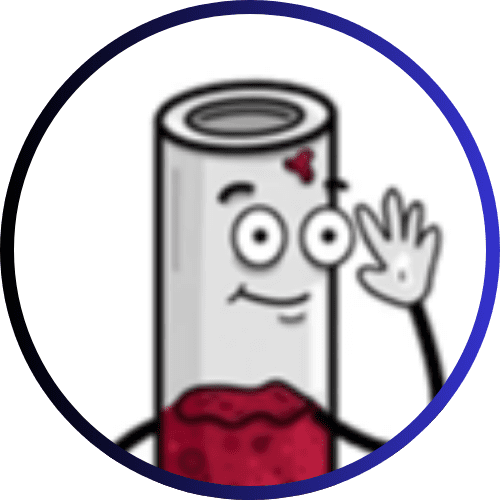One-hour blood glucose level as a new marker for diabetes prevention
An elevated blood sugar level one hour after the oral glucose tolerance test (OGTT) signals a critical metabolic state ŌĆō even before prediabetes. Those affected respond particularly well to lifestyle interventions. The value could become a new clinically relevant biomarker ŌĆō and enable more targeted, earlier prevention of type 2 diabetes. A team from the University of T├╝bingen, Helmholtz Munich and the German Center for Diabetes Research (DZD) has now come to this conclusion in Metabolism.
Prediabetes is considered a precursor to type 2 diabetes. However, only about 20 percent of people with type 2 diabetes previously met the common criteria. Conversely, over 40 percent of people with prediabetes never develop diabetes. How can at-risk persons be better identified and provided with more targeted care?

To find answers to this question, researchers have been looking for more precise markers. The one-hour plasma glucose concentration (1h-PG) in the oral glucose tolerance test (OGTT) seemed particularly relevant to them. It is the blood sugar level that doctors determine exactly one hour after taking a glucose solution.
According to the International Diabetes Federation (IDF), a value of Ōēź 155 mg/dl is considered an early indicator of impaired glucose regulation ŌĆō often before fasting or two-hour values become noticeable. It is hoped that this measurement could offer opportunities to identify people at risk at an early stage and treat them in a targeted manner.
To test their hypothesis, researchers provided intensive care to 317 people with different glucose tolerances for nine months as part of the T├╝bingen Lifestyle Intervention Program (TULIP)*. The aim of the lifestyle intervention was to achieve a weight loss of at least five percent through a balanced diet and regular exercise.
The participants were assigned to three groups based on metabolic parameters:
ŌĆó with normal glucose regulation,
ŌĆó with isolated elevated 1h-PG (other values, such as fasting sugar and 2h-PG were still normal),
ŌĆó with classic impaired glucose regulation (prediabetes).
Already at the beginning of the study, it was shown that people with a high 1h-PG value can be classified metabolically between healthy and sick. Their insulin sensitivity and beta cell function were limited and their liver and abdominal fat were elevated, but still reversible.
After nine months of intervention, insulin sensitivity and beta cell function improved significantly in the study participants. They almost reached the level of metabolically healthy people. At the same time, the liver fat level normalized. In the prediabetes group, these improvements were much less pronounced.
Long-term benefits: 80 percent lower risk
Over a period of up to twelve years, an impressive effect was observed: People with elevated 1h-PG who had participated in the intervention were 80 percent less likely to develop type 2 diabetes than people with prediabetes. Almost half even returned to normal blood sugar levels (normoglycemia) ŌĆō twice as many as in the prediabetes group.
Weight loss and less liver fat improved both insulin sensitivity and the ability of beta cells to respond to glucose. This normalization of central metabolic processes could be crucial to enable the transition to stable, healthy glucose metabolism.
The one-hour value proved to be the most sensitive marker for the early detection of glucose tolerance disorders. It was significantly more meaningful than the HbA1c value, fasting or two-hour glucose. “The value apparently marks the optimal time to normalize the metabolism,” comments Prof. Dr. Andreas Birkenfeld. He is the last author of the study, DZD spokesperson and director of the Institute for Diabetes Research and Metabolic Diseases of Helmholtz Munich at the University of T├╝bingen, and medical director of the Department of Diabetology, Endocrinology and Nephrology at the University Hospital T├╝bingen
According to Birkenfeld, the test will make it possible to identify people at risk at an early stage and treat them effectively, long before prediabetes is diagnosed. This could establish the 1h-PG as a new, clinically relevant biomarker.
Original Paper:
Wang Y. et al.: Lifestyle intervention is more effective in high 1-hour post-load glucose than in prediabetes for restoring ╬▓-cell function, reducing ectopic fat, and preventing type 2 diabetes. Metabolism 2025; doi: 10.1016/j.metabol.2025.156430
Editor: X-Press Journalistenb├╝ro GbR
Gender Notice. The personal designations used in this text always refer equally to female, male and diverse persons. Double/triple naming and gendered designations are used for better readability. ected.




